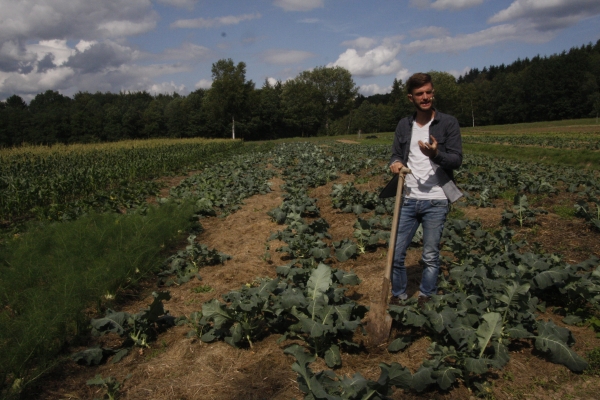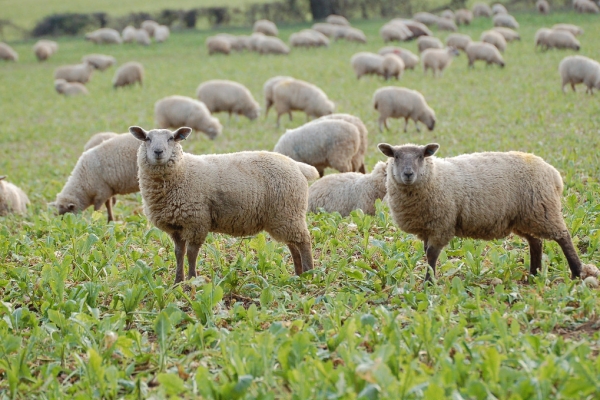No-till for growers: Part 2 – Soil health practices for growers
(The Organic Grower - No 43 Summer 2018, pp. 18-21)
Resource explained
This is part two of two detailed informal articles looking at the practicalities of applying a no-till system in an organic horticultural operation and how it relates to soil health. It is specifically aimed at growers who want to make the transition to a no-till system. This article highlights some of the ways that growers can apply the soil health principles in their operations to get improved soil crumb structure and better crops. It focuses on smaller scale growing operations but the principles can be applied to larger operations – the isolated solutions will just be different. The article points out the difference between mechanical tilth generated through tillage and biological tilth, it looks at ways of encouraging soil biology to improve tilth, alternative reduced tillage practices, using mulches, reviewing your crop rotation system, using cover crops, optimising propagation capacity, and carrying out trials.
Findings & recommendations
- Rigorously applying the soil health principles of: covering soil, minimising disturbance, diversity in rotations or planting, minimal chemical usage, and keeping living root in the ground as much as possible will lead to accumulation of small changes that will accrue over time.
- The soil health principles are primarily a strategic tool to help inform management choices and the simplest way to put them to work is through analysing your existing crop rotation. Each changeover or break is a possible point of intervention. You can therefore identify these points and compare your management options.
- There are a number of options for applying the minimal disturbance principle including reducing the number of tillage passes, reducing the amount of land tilled in one go, altering the depth or method of tillage, and leaving strips of land untilled.
- The key to keeping ahead of weeds and maintaining living root is being able to transplant directly into a newly cleared bed or between a standing crop and to be able to close-plant for additional weed-suppression and output. You will need a ready supply of decent quality and potentially well established transplants and plenty of propagation space.





